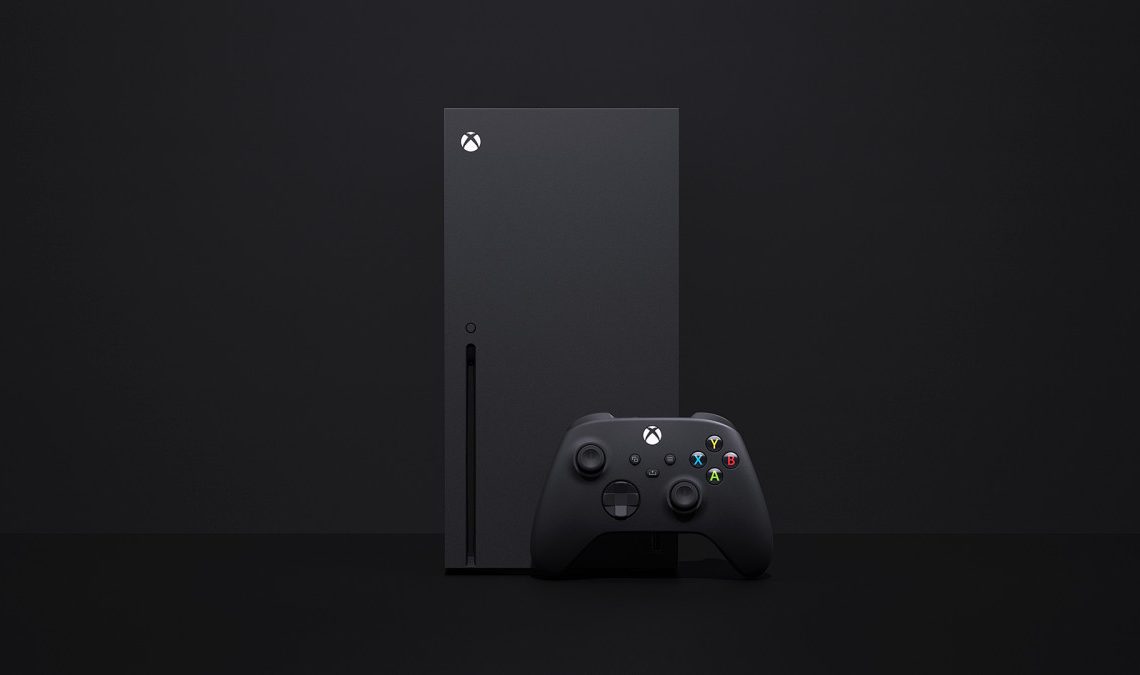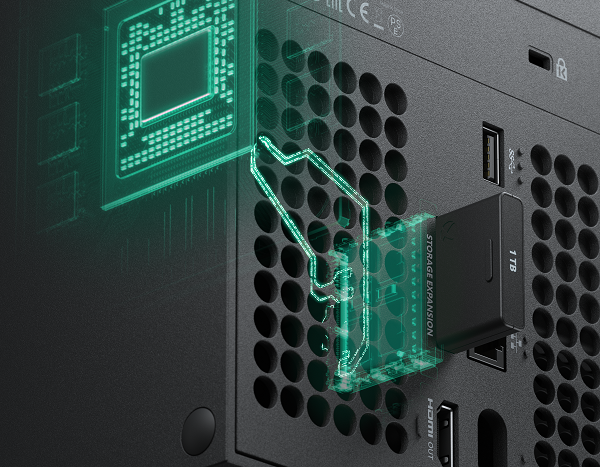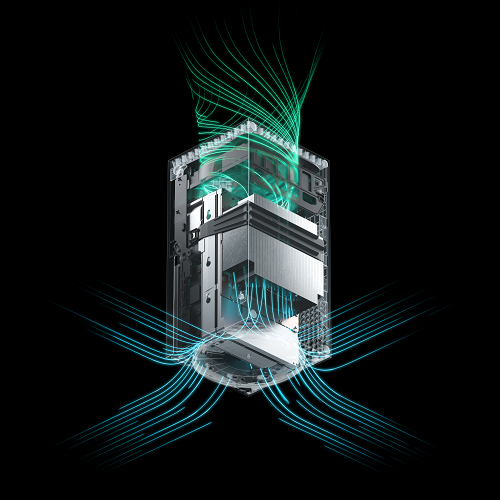
Microsoft’s next-gen console, aka the Xbox Series X, or XSX, has finally been showcased in detail by the company. As revealed before, the Xbox Series X is Microsoft’s fastest, most powerful console yet and will be officially unveiled towards the end of the year.
Showcased in detail yesterday, from the ins and outs and the real-world performance, the Microsoft’s XSX is very powerful. Even that feels like an understatement, in some way, since the hardware itself is far beyond any game, and handles the most graphical games as a piece of cake.
In developing the XBOX, Microsoft paid attention to three key aspects that every gamer cares about: power, speed, and compatibility. Some key characteristics of the XSX include 8K support, low latency, ray tracing, up to 120fps gaming, backward compatibility, and quick resume.
Some mind-blowing details about the XSX; its development started in 2016.
Xbox Series X Hardware
Under the helm of the XSX is a powerful hardware combination. The Microsoft XSX has 16GB of GDDR6 RAM, which is composed of mixed 1GB and 2GB RAM sticks. Out of the 16GB, 10GB is GPU optimized memory(@ 560 GB/s), 3.5GB is standard memory, and the OS reserves 2.5GB.
The minimum storage on the device is a 1TB Custom PCI4.0 NVME SSD. Besides, if that’s not enough, the XSX has a mysterious expansion module that you can attach a custom 1TB SSD card.

Apart from that, there’s also USB 3.2 External HDD support. Because optical drives are still a thing, there’s a 4K UHD Blu-Ray Drive.
The GPU is also a customized one from AMD. Specifically, this is AMD’s rDNA 2.0 graphics card clocking at high 1852MHz. The GPU performance is capped at 12 teraflops, which is massive.
On the CPU side, the XSX packs AMD’s Custom Zen 2 CPU composed of 8 Zen 2 cores clocking at 3.8 GHz. For multithreading, the clocking speeds drop slightly to 3.6GHz.
For cooling the whole system, there is a 35mm fan placed at the top of the entire chassis. Because it’s a single fan, the team has designed it cleverly to dissipate heat effectively from the system.

The New Controller
The XSX, like many other new consoles, is introduced with a new wireless controller. The size has been shaved off a little bit compared to the preceding one. The D-pad has also been redesigned.
The new element? A dedicated share button and a new USB C port.
Performance-based Features
Ray Tracing
Ray tracing technically adds more icing on the cake while gaming. Direct X Ray tracing “simulates the properties of light and sound in real-time more accurately,” says Microsoft.
Quick Resume
With the XSX, load times are significantly reduced, and most importantly, the device doesn’t stay on the load screen as much when resuming. The next-gen Xbox can get you back from where you were in a game in just a few seconds. What’s more is that you can resume even 4, 5 games without any issues. The games are saved directly on the fast SSD, ensuring that you’re up even after a system update.
Latency
To reduce latency, the XBOX is equipped with new technology such as Dynamic Latency Input (DLI) and a gaming-centric HDMI port. The Xbox HDMI 2.1 port supports 120hz, Variable Refresh Rate (VRR), and Auto Low Latency Mode (ALLM).
Backward Compatibility
Compatibility is even improved on the XSX, now supporting thousands of franchises across old Xbox consoles.
“The Xbox team is so committed to the concept of compatibility and cross generation play, that not only do your games move forward with you, but so do your Xbox One accessories, your game saves, and progression,” says Will Tuttle, Xbox Wire Editor in Chief.
Pricing
Still, at this point, Microsoft Xbox doesn’t want to spill the beans on the pricing yet. Hopefully, the team will reveal that later and even the troubled serial competitor, Sony, can lift some notes.

